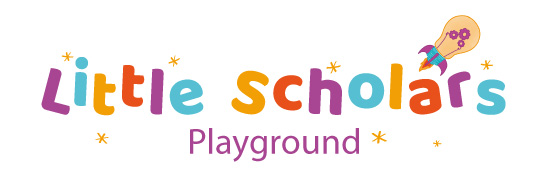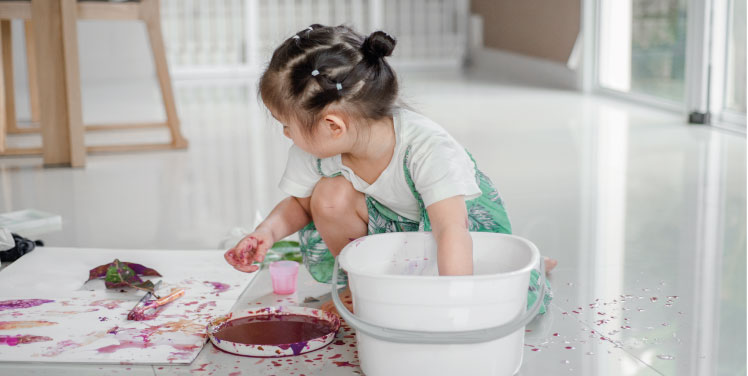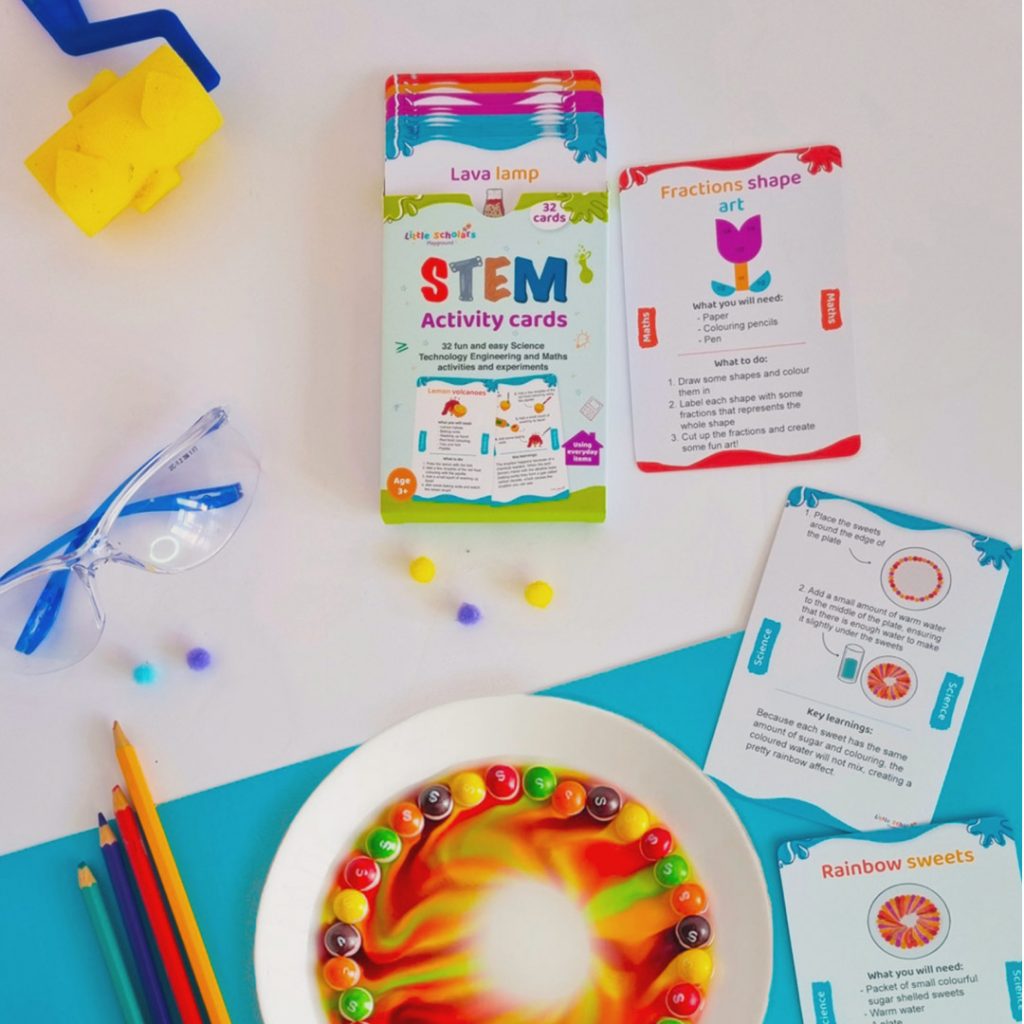6 mins
As a business we’re moving from a core part of our business being focused on STEM (Science, Technology, Engineering and Maths) learning and moving towards STEAM (STEM + Art). STEAM like STEM focuses on developing a child’s critical thinking, problem-solving and creativity skills.
STEM education focuses on the disciplines of science, technology, engineering and maths. It encourages children to develop both their analytical and technical skills, as well as helping them to solve real-world problems using scientific and mathematical principles.
STEAM learning on the other hand, adds art into the mix. STEAM focuses on using creativity and design thinking to help solve problems. STEAM recognises and values that art and design can enhance innovation and creativity and that incorporating art into STEM can lead to more innovative and well-rounded solutions.
Both STEM and STEAM learning have their benefits. STEM learning helps to prepare children for careers in science, technology, engineering and maths, which are all in very high demand. It also helps develop critical thinking and problem-solving skills that are useful in many fields.
STEAM education, adds an artistic and creative element to STEM learning, allowing children to explore different ways of thinking as well as encouraging them to use their imagination. It can also lead to more diverse and innovative solutions to problems. This is because art and design thinking can offer unique perspectives that may not be immediately apparent through traditional STEM approaches.
Incorporating art into education has a lot of benefits for children. It can help children develop their imagination, creativity and self-expression, as well as empathy and their emotional intelligence. Art and design can also provide a form of therapy and stress relief, and can be a source of joy and fulfilment for children.
If you would like to introduce STEAM learning to your children. We have a great pack of STEM activity cards. The 32 activities and experiments are simple and fun and can be created with everyday items from around the home and the supermarket. The cards are double sided with illustrated instructions and key learnings for each activity/ experiment. You can shop our STEM activity cards here.
Overall, both STEM and STEAM education have their benefits, and incorporating art into education can have a lot of positive effects on children’s development and well-being. As a business we will be launching an art prints range in May and we will be talking a lot more about art. Natalie is the illustrator for the business and a qualified web and app designer, so she has lots of creative experience.
What are your thoughts about STEAM learning? Let us know in the comments below.
Natalie
info@littlescholarsplayground.com
Author
Natalie is the co-founder and illustrator at Little Scholars Playground. She is passionate about literacy, learning, illustrating, black women in STEM and Montessori.





